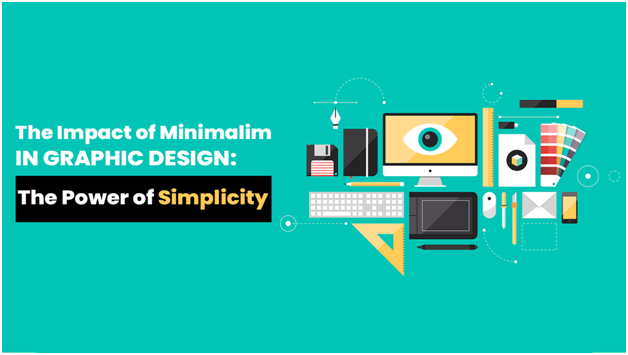Table of Contents
Why does a design philosophy centered on functionality, simplicity, and elegance continue to endure?
From fine arts and architecture to graphic design and lifestyle choices, minimalism’s influence is extensive. Though its origins trace back to 18th-century Zen philosophy, minimalism’s global prominence and impact remain significant today.

In recent years, graphic designers worldwide have wholeheartedly adopted minimalism, yielding impressive results. This trend is evident across the spectrum, from startups to established brands, and in the preferences of customers and users alike. The widespread appeal of clean, elegant websites, sophisticated Instagram feeds, and simple, effective UI/UX interfaces underscores minimalism’s lasting relevance.
Core Principles of Minimalism in Graphic Design
The early 21st century will likely be remembered as a period marked by an overwhelming deluge of content. In an era where flashy visuals vie for our attention, the resurgence of minimalist graphic design, guided by the “less is more” ethos, offers a refreshing counterpoint.
Minimalist design delivers the clarity and simplicity that consumers desire, helping brands stand out amidst the flood of competitors focusing on bold, flashy, and elaborate visuals.
Effective minimal design involves more than meets the eye. While the principles may appear straightforward, mastering the art of conveying much with little requires years of practice and exploration.
Mastering Simplicity

Simplicity is crucial in graphic design, as it directs the observer’s focus and aids in comprehending a product. Fewer elements increase the likelihood of achieving both goals.
A visually appealing yet functional design must be both attractive and user-friendly. Any graphic element that hinders readability or usability should be either modified or eliminated.
Embracing Neutrality
Minimalism advocates for a restrained color palette and careful consideration of color choices. This doesn’t exclude the use of vibrant colors in minimalist design; when applied thoughtfully, contrast can highlight key elements.
Minimalist graphic design favors simple, legible fonts. It avoids overly expressive or unconventional typefaces, and font combinations are used sparingly and with great care.
Conclusion
As most consumers now spend much of their time on ever-smaller and thinner smartphones, tablets, and laptops, readability and streamlined functionality have become essential, not just added perks. Minimalist design delivers the clarity and simplicity that consumers desire, helping brands stand out amidst the flood of competitors focusing on bold, flashy, and elaborate visuals.
As the attention span of all audiences gets shorter and shorter, in order to stand out, the time has come to tone down, simplify, and seize the spotlight.




